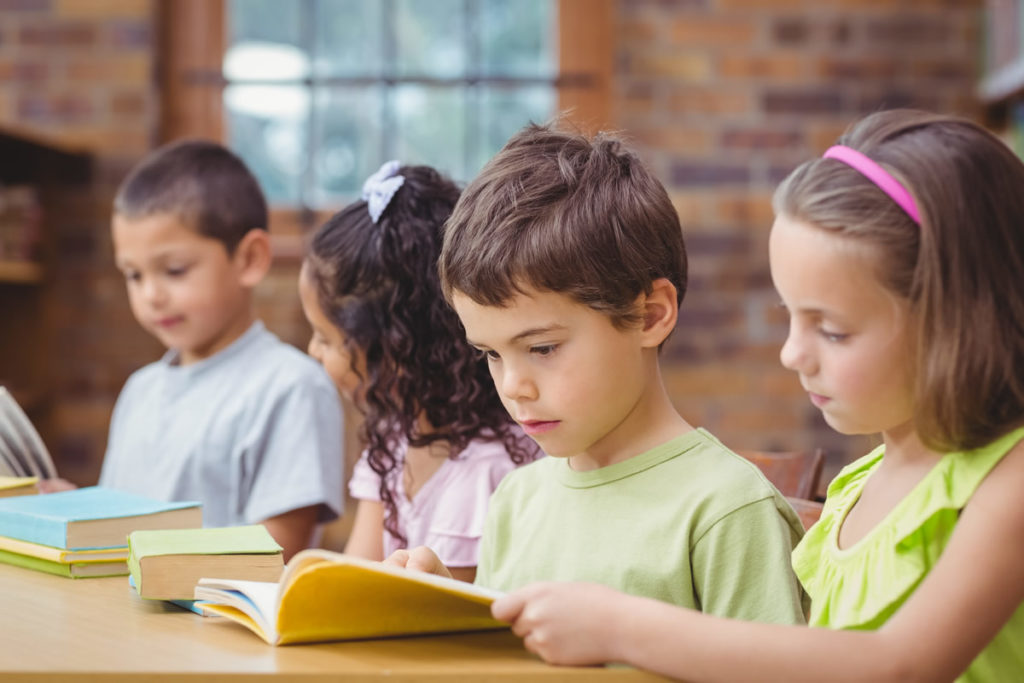Telling students that they need to take better advantage of the feedback they receive from their teachers is not only good advice, it is established science. According to some scientists, 10,000 hours are what a person needs to become an expert in a specific subject or discipline, 10,000 hours of work applied to almost any field and that, of course, require theory but also practice. That is why it is very important that students understand that work is what will lead them to learn , to be good at certain things and to have a good future, but it is almost even more important that they know that what is truly effective is not the amount of practice nor work to be done, but what they consist of. This is called doing “deliberate practices” and implies being aware of what does not work and what does, in order to be able to learn and effectively master the area we are dealing with.

For example, if a musician focuses on nothing more than learning in succession and making the melody as soon as possible to finish the job soon, he will not really be learning the keys of the technique and will not be able to solve the problems of sound filling and so on. may be presented to you. A good musician stops, listens, observes and solves mistakes by playing over and over again as necessary. Similarly, “mistakes” are one of the most important things that happen in a classroom every day and it is important not to let them creep. Focusing on mistakes allows you to better focus on the “deliberate practice” needed to fix them. This way of working would allow students to see their mistakes as something valuable, as that necessary key to continue and improve. However, students do not tend to think rationally about their mistakes, but think much more emotionally about themselves and about everything that affects them.
Mistakes make students feel stupid, but really that kind of “stupidity” is just that: a feeling. More specifically, it is the feeling of shame and the natural human response to it is to avoid its source. So if we have the feeling of having said something embarrassing, we usually hide our face or look at the ground to “escape” from the bad feeling. In the same way, when students get a bad grade they tend to hide the tests , and although this is something human, we must try to make students see that these are the worst decisions we can make if we want to improve and advance. Academic success does not come from how smart or motivated students are, but from how they feel and how they act on their mistakes.
A new way of seeing the world to learn
Changing students’ perspective on mistakes is the best gift you can give as a teacher. Imagine having a classroom full of committed and constantly improving students… It’s every teacher’s dream! But reality teaches us that day to day is different, and that teachers are too assiduously faced with disconnected , lost and unmotivated students . This is not something that occurs in two days, but is generated from the first school experiences of children, even from their own most intimate and personal experiences.
And it is that self-confidence requires years of work and effort, and that is why by the time a teacher meets a new group of students, it is very likely that these students have already internalized errors many times as a symbol of clumsiness or even of lack of intelligence. By then, many students will already feel bad grades as personal attacks , which will prevent them from finding the motivation to pass those grades and improve their capacity for work and effort.

It does not matter the age or the subject matter. The students, as they advance in their school journey, are acquiring new enemies: mathematics, English … and some even the school itself. For a teacher this should be incredibly frustrating, because the usual thing is that teachers spend the course warning, trying to correct errors and explain correctly, providing serious comments on assigned tasks … and students only seem to see the red pen marks on a test. That is why it is necessary for teachers to also be aware of what can lead a student to this state of demotivation and lack of confidence.
Guidelines for teaching to “embrace” mistakes
To help your students “hug” and understand their mistakes, you can guide them as a teacher and better specify what the failures are and what the problem of poor results may be. Knowing that an answer is wrong just because it is marked in color on an exam or exercise does not mean much, but knowing that what has not been understood is the process of forming a cell or the way in which the direct complement should be located. of a sentence, it can serve to focus on something concrete and improve.
Because the truth is that most of the errors that teachers usually locate respond to absentmindedness or general oversights, and not so much to serious misunderstanding , and that even if they were very serious errors, the feeling of incapacity generated by many can be even more serious. students. Errors occur for specific reasons and the red marks are only an evaluation method, an action that invites reflection and improvement of errors.

Another thing that can also help students to “embrace” their mistakes is to see them as something useful, as well as to remember that the red pen is not the enemy , since when students understand how to deal with their mistakes, red only means the first step for change. One way to encourage a good attitude in this regard is to select the most common mistakes in a class and analyze them collectively. The more open everyone is about the mistakes they have made and how they happened, the less importance they will give to future mistakes, because they will not feel alone and they will have acquired much more confidence to solve them. Sharing that clarity and causality with students is the best way to teach “deliberate practice,” to instill motivation, and to help them develop a more constructive relationship with their own mistakes. In short …, to find the desire, the methods, the class and the students that every teacher wishes they had.











































































































